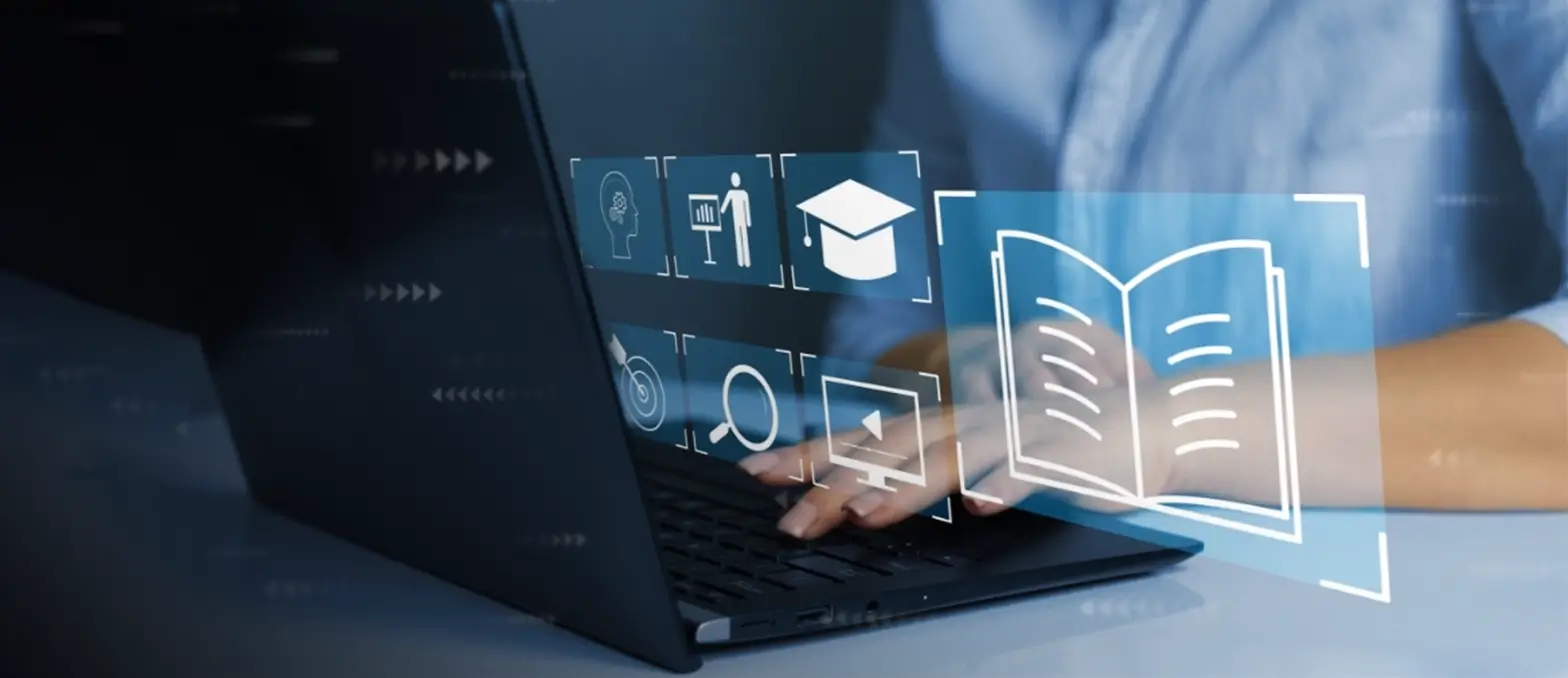Managers and workers alike face challenges every day. In a time where work is remote or hybrid, the majority of work time is spent online or on a computer. As a result, many managers raise concerns about how to lead teams when issues present that indicate conflicts between skill and will. When it comes to managing staff remotely — inspiring, supporting, and motivating — a key issue is resolving skill and will problems.
What do we mean when we say skill and will?
Derived from Paul Hershey and Blanchard’s The Situational Leadership Model (1970s), the most common definitions relate skill to competency and will to motivation, however remote work and hybrid work where so many aspects of the role are digital require slightly more nuanced definitions. Personio, a Business to Business (B2B) service for HR companies, explains that, “In the workplace, some skills come naturally, while others are honed over time—but the same can be said for will.” There are frequent obstacles in the kind of jobs that are computer-based and remote/hybrid work. Ultimately, there are often technical issues that arise on the skill side with software, hardware, and knowledge of processes, whereas on the will side, motivation wanes with a range of contributing factors including isolation, disconnection, and frustration. It’s important to differentiate between the skill-will matrix, the main situations that occur in a digital setting, and what managers can do when they face skill vs. will scenarios.
-
Table of Contents
Start with training designed for core KPIs
In nearly every workplace — irrespective of the digital era — most issues relate to key performance indicators (KPIs). When this happens, managers need to individually work with each team member and evaluate exactly what is causing their problems. As touched on in the definition of will, failure to achieve KPIs is usually not from a lack of capability and more likely from disinterest or disconnection. Establishing with the employee what their problems are with the task or project is the most effective starting point. If a manager can guide the person to explain exactly what they think about the KPI, they can then focus on introducing a motivator for getting the work done. In a digital setting, the trade-off might be greater flexibility in their daily schedule if they can demonstrate their trustworthiness to uphold the KPI requirements. On the other side, skill issues are far harder to fix when they happen remotely. People get lost in the mix with digital processes because it’s not as explicit or measurable, which means that training and follow-up are the deciding factors in improving their skills. If there is training that can be approached with both will and skill in mind — such as when new KPIs are added to roles — then managers can get on the front foot with keeping their team on track then resolving issues should they emerge.
-
Team members set their own task timelines & managers manage those
An effective tactic for remote management is for managers to set schedules with their teams that are uploaded into project management software. This kind of software, such as Asana or even a Google Drive spreadsheet, allocates deadlines and teams along with their managers can monitor task progress. Clear communication systems underpin the success of these tools so keeping people on track requires one key tactic: asking each team member to nominate their timeline for work completion. When team members nominate their timeline, the manager can then check in with their progress from that standpoint and ask questions that relate to the dichotomy of skill and will. Some example questions for checking in about progress with tasks designed for skill and will are:
-
- How is your progress with the task? (Will)
-
- Do you have enough time or are you struggling to maintain momentum? (Will)
-
- Do you have everything you need to complete the task? (Skill)
-
- Do you need any support with the system? (Skill)
-
- Are there any conflicts with this task and the rest of your schedule that you need support with? ((Skill/Will)
-
Make communication the cornerstone of skill and will support for all team members
Remote and hybrid work where the majority of communication happens without in-person, face-to-face cues causes both skill and will problems due to miscommunications and disengagement. In a range of cases, isolation causes apathy on the will side and communication silos on the skill side with both of these kinds of isolation causing detriment to projects, team relationships, and the organization. The impact of communication issues on all sides is significant with new Grammarly data finding that poor workplace communication actually costs U.S. businesses $1.2 trillion USD annually. To resolve this, managers need to bridge gaps via flexibility measures that compensate for the communication teething that occurs in remote and hybrid digital workplaces. Working with their teams through designing communication systems, identifying tools and software needed for better engagement, and organizing training is a tactic all managers need to use for the achievement of the following:
- Purposeful communication to overcome gaps and silos
- Incorporate individual and collective needs for enhanced culture
- Encourage communication across a range of channels
Once this happens, managers can work to review, test, and change as needed in line with feedback from their team and analysis of performance data.
-
Always gather feedback through inclusive and supportive policies
Managerial styles that incorporate multifaceted approaches for different people means a workplace where people know they are valued. This proactivity leads to a more positive culture and greater long-term employee retention. Transparent feedback systems accomplish this as understanding the unique difficulties people face is every manager’s responsibility. Though it can be a heavy load, managers can invite team input in every single interaction thus making feedback part of how skills are developed and will is coached. When there is a two-way conversation and feedback is acted on, people know there will be follow through and they are a part of team achievements and a real work community. After all, employees want connection and 51 percent of people who left a job between 2020-2022 did so because they lacked a sense of belonging. Human beings are wired for connection and together even complex challenges can be conquered.






